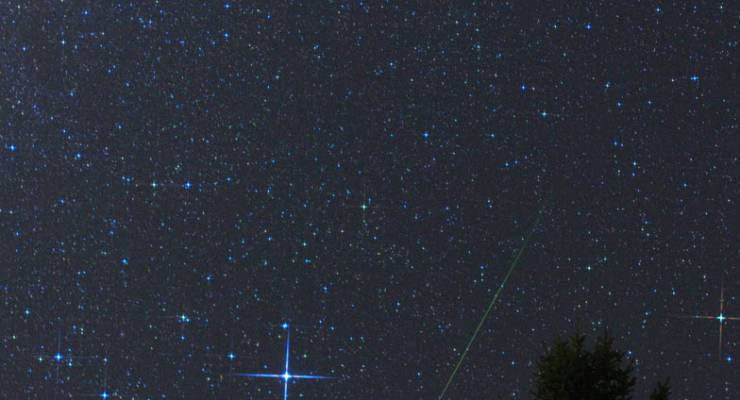
Throughout the space age, astronomers have occasionally asked, “Have we seen aliens and not recognised them?”.
According to this rather soberly quizzical report in New Atlas, a US team at Harvard think they may have identified signals of possible alien origin from widespread locations in the observed universe.
And not only that, but it all began 10 years at The Dish, the iconic radio telescope at Parkes, where Elvis, through quantum entanglement, appears simultaneously in dozens of forms during the annual festival celebrating his memory.
Anyhow, and seriously, the Harvard-Smithsonian Center for Astrophysics says the incredibly brief and intense fast radio bursts (FRBs) first observed by The Dish might be technological in origin, and they might indicate technology being used perhaps to help propel spacecraft on long journeys, perhaps even between stars.
The paper will excite amateur as well as professional astronomers, not to mention sci-fi fans. Apart from the astonishing scale of such technology being deployed by far more advanced civilisations, the distribution of these FRBs would imply that space-faring life forms have appeared at very different times in widely separated locations in galaxies far away.
They might also be used not for travelling between separate star systems but within them, as many stars are in fact multiple stars, distantly linked by gravity, but only separated by light days or light months, rather than light years.
If FRBs are being used to propel spacecraft, they might nevertheless never get close to the velocity of light, since that requires vast increases in energy the closer a craft moves toward light speed, yet they might make movements around a loosely bound star system possible.
A spacecraft that “only” achieved 10% the speed of light might be the stuff of “local” interstellar empires rather than intergalactic travel lasting longer than the lifetimes of some stars themselves.
We can only dream and speculate. But strange, repeated, apparently highly focused and potentially purposeful uses of energy may just prove to be a technological rather than natural phenomenon.
*This article was originally published at Crikey blog Plane Talking








I suspect that the strange course changes demonstrated by comets etc (e.g. ISON) indicate action of non-gravitational forces, quite possibly under intelligent control.
One stealth approach to a solar system is to hollow out an asteroid, put in an engine and operating system, and enter at slow speed.
I’d be happier to chat before meeting, given the repetitive history of what happens when cultures of vastly different technological levels meet.
Better get Manus Asteroid ready to impress our first contacts, just in case they aren’t issued visa.
“A spacecraft that “only” achieved 10% the speed of light” is very fast without much of a nasty shift in frequency of radiation moving towards the traveller.
Any living thing moving at large fractions of the speed of light is likely to get fried by radiation coming the other way when it gets shifted into something more dangerous. Beyond a certain speed even the background radiation is going to be deadly and pretty well impossible to shield against.
That makes 10% of the speed of light travel sound more likely than much faster speeds.